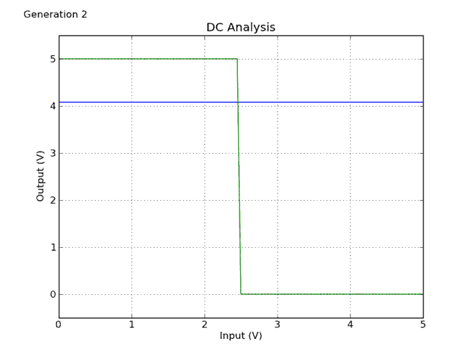
[Kory] has been experimenting with genetic algorithms. Normally we’d expect his experiments to deal with tuning the variables in a control system or something, but he’s doing something much cooler. [Kory] is using genetic algorithms to write computer programs, and in the process bringing us one step closer to the Singularity.
The first experiments with genetic algorithms generating applications did so in BASIC, C, and other human-readable languages. While these programs nearly worked, there were far too many limitations on what could be produced with a GA. A simpler language was needed, and after turning to assembly for a hot second, [Kory] ended up using brainfuck, an extremely minimal but still Turing-complete language.
The use of brainfuck for creating programs from a genetic algorithm may seem a bit strange, but there’s a method to [Kory]’s madness. It’s relatively simple to write an interpreter the GA’s fitness function can look into and come up with a score of which programs should breed and which should die. Also, the simplicity of brainfuck means a computer doesn’t have to learn much syntax and grammar at all.
Right now, [Kory]’s computer that can program itself only does so by creating simple ‘hello world’ programs. It should be possible, though, for this AI to create programs that take user input and generate an output, whatever that may be. Once [Kory] is able to have the computer generate its own fitness functions, though, the sky is the limit and the Singularity will be fast approaching.














